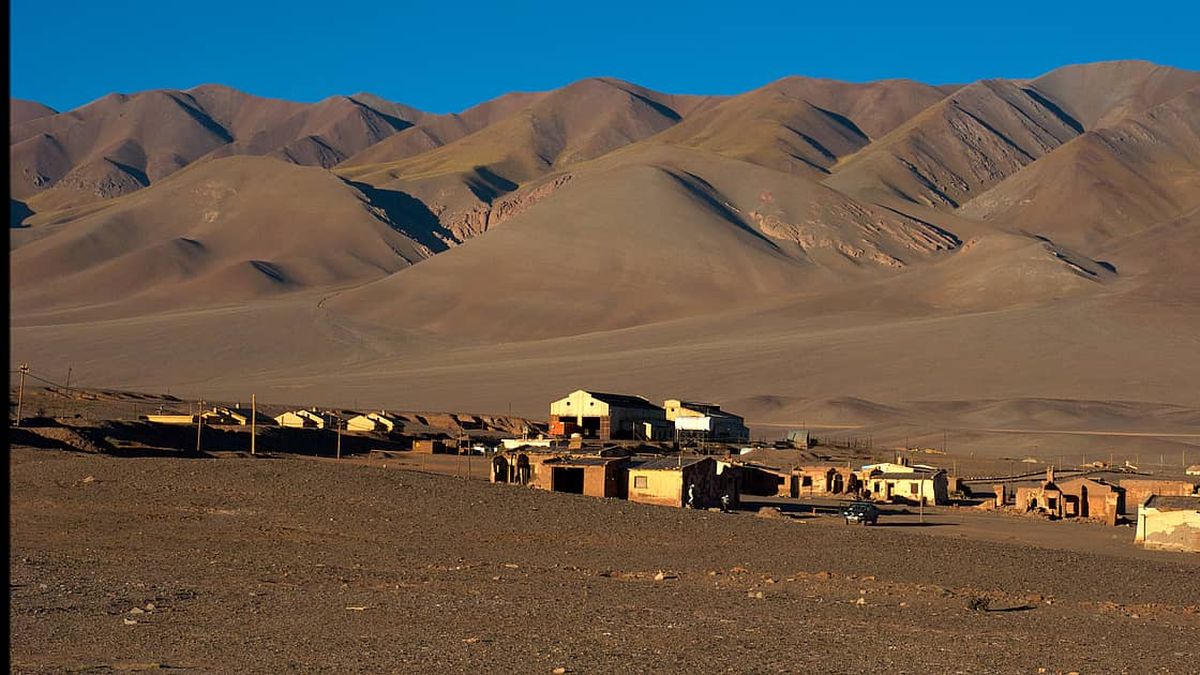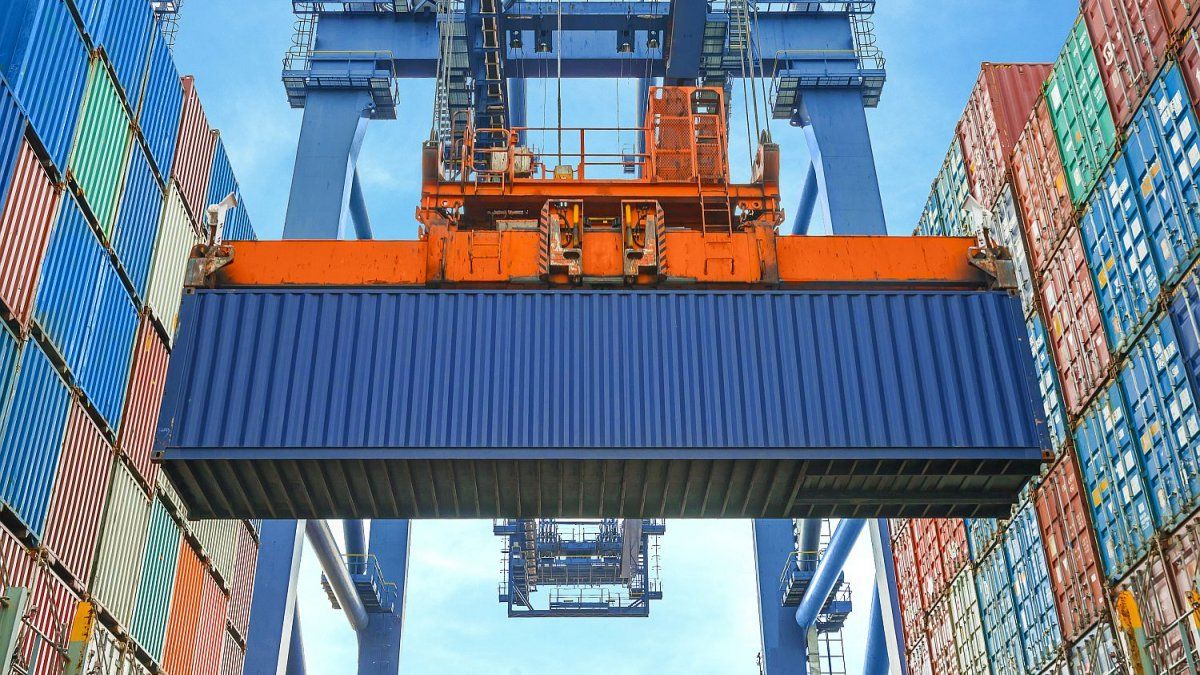Big Tolar It is a small town located in the province of Salta within the Department of Los Andes, in northern Argentina. It is located in the heart of the Salta Altiplano, 380 km from the city of Salta and 214 km from San Antonio de los Cobres.
His life a few years ago revolved around The Mine The Chancewhich transported the sulfur loads from Mina Julia to the Tolar Grande railway station, from there to be sent to their final destination. The closure of the mine, the interruption of the railway project and then the total closure of the branch line caused the depopulation of the region, with the consequent deterioration of the living conditions of the few inhabitants who decided not to leave the town that today has many natural attractions that you cannot miss.
What activities can I do in Tolar Grande, Salta?
Pocitos Salt Flat: From San Antonio de los Cobres on the way to Tolar Grande, you have to stop at the Salar de Pocitos (108 km from San Antonio de los Cobres). It is next to the town of the same name, it is one of the wonders of Salta and only 15 families live there. The landscape mixes the different shades of the earth with a blue lake that forms during the rainy season.
Devil’s Desert: Crossing this area is like traveling to Mars. It is one of the most isolated places in the Puna, known for its extreme aridity and its immense reddish plain. The drive is 1.3 km and on the way you pass through the Labyrinth Desert, a zigzagging road through a desert of fossil dunes that is 10 million years old and thousands of peaks of clay and gypsum crystals. From here to Tolar Grande it is 45 km.
Macon Hill: The scenery becomes majestic with the imposing Macón hill, over 5,600 metres high, 30 km from Tolar Grande. Every November, residents of Tolar Grande climb the hill to make offerings and thank Pachamama. At the top there is an apacheta (a mound of stones), which is why it is considered a “sacred mountain”.
Sea Eyes: About 5 km before reaching Tolar, in Ojos de Mar, the ochre colours of the Andean plain mix with the blue-green of the waters. There are 3 lagoons of volcanic origin in the middle of a white salt flat whose colour varies, depending on the sunlight, between turquoise and green. It is estimated that the water in the lagoons is 4 times saltier than that of the ocean. It is also a site of scientific importance because it allows the study of the origin of life through stromatolite communities.
Arizaro Salt Flat: Tolar Grande is located on the edge of the Arizaro salt flat, rich in salt, iron, marble, onyx and copper. Former muleteers used this road in the 18th and 19th centuries to guide animal caravans to Chile.
Arita cone: At the southwestern end of the Arizaro salt flat, 75 km from Tolar Grande, stands the enigmatic Arita Cone, a nearly perfect volcanic pyramid 200 metres high, a mixture of salt and black lava, in the middle of the plain. It is a sacred place for the local inhabitants.
El Arenal and the landforms: 3 km north of Tolar Grande, you can visit Arenal accompanied by a specialized guide. You will ascend to a viewing point with one of the most impressive views of the Puna and visit the Cueva del Oso geoform.
The Chance Mine: La Casualidad was a mining town located in one of the most remote and incredible places on Earth, surrounded by the highest volcanoes and between sulphur mountains and salt flats. The miners worked at 5200 meters above sea level. The mine was closed in the 70s and today it is a ghost town. It is 130 km southwest of Tolar Grande.
Santa Maria Lagoon: Located 65 km from Tolar Grande, and at the foot of the Incahuasi volcano, the solitude of the Santa María lagoon is absolute. This natural environment is populated by countless pink flamingos, coots and other striking Puno birds. The season for birdwatching is between September and March.
Volcanoes: The Llullaillaco (6730 m above sea level) and Socompa (6051 m above sea level) volcanoes are part of the group of peaks that mark the border between Argentina and Chile. The Llullaillacoa destination for experienced mountaineers, became famous in 1999 with the discovery of an Inca treasure that included the frozen bodies of three children sacrificed in a ritual, in perfect condition of preservation. They were called the Mummies of Llullaillaco (or Children of the Volcano) and are on display at the Museum of High Mountain Archaeology in Salta.
How to get to Tolar Grande, Salta
The town of Tolar Grande is 214 km from San Antonio de los Cobres (gravel road) and 380 km from Salta Capital (166 km of asphalt).
Although Tolar Grande can be accessed by private 4×4 vehicle, given the inhospitable nature of the area, it is recommended to go with a tour guide. If you go privately, it is advisable to fill up with fuel in San Antonio de los Cobres and bring additional canisters. Tolar Grande does not have a service station. Connectivity to Tolar Grande via regular bus is scarce, with one weekly departure from Salta.
Source: Ambito
I am an author and journalist who has worked in the entertainment industry for over a decade. I currently work as a news editor at a major news website, and my focus is on covering the latest trends in entertainment. I also write occasional pieces for other outlets, and have authored two books about the entertainment industry.




